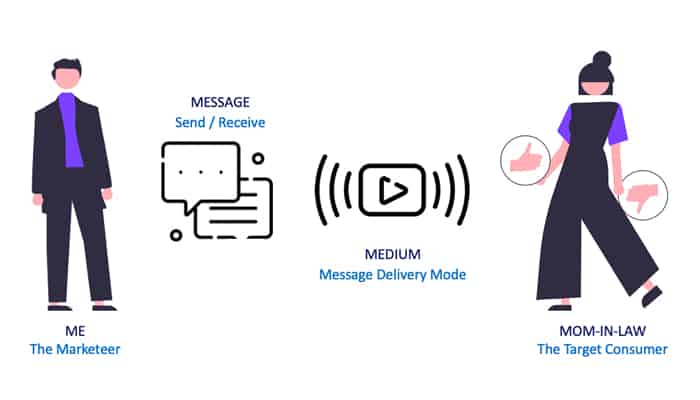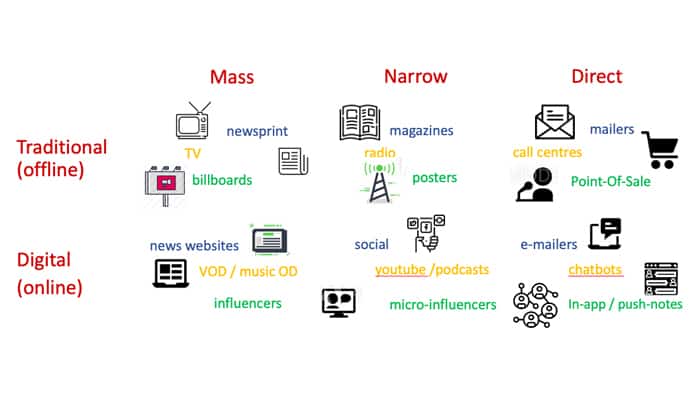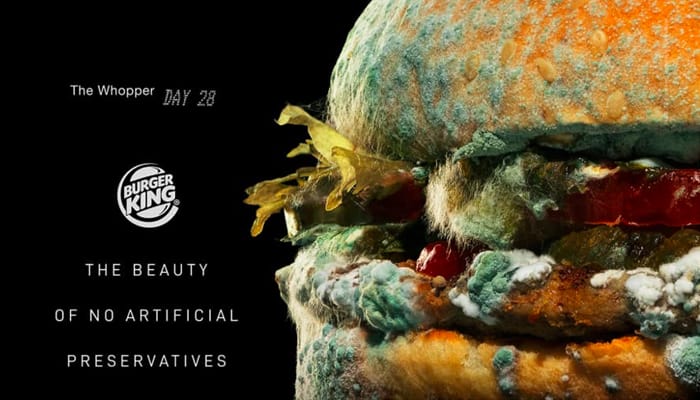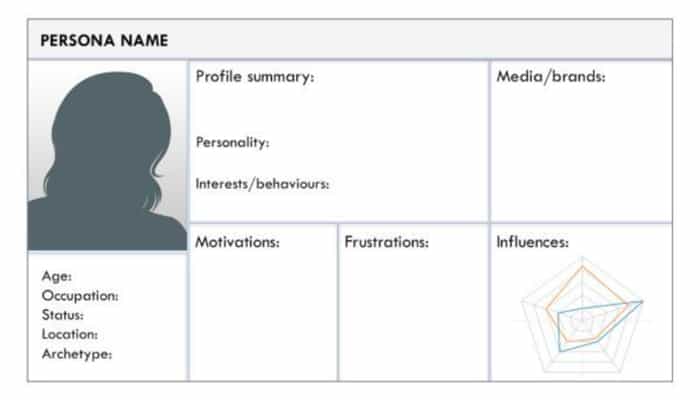It’s no surprise that the webinar title garnered the attention of students aspiring to join the marketing and communications industry, as well as those who were curious to find out how the role of a mother-in-law finds her place in their scholarship and career considerations.
Scholarship Guide was honoured to invite Mr David Phey, a veteran in Singapore’s advertising and media landscape, to share his survival lessons and success stories over an hour-long webinar on 10 June 2021.
Selling To Your Mom-In-Law
David acknowledged the industry’s sophistication in today’s intelligent age, one that is dominated by emerging technologies, big data capabilities, and a library of daunting marketing jargon. Amidst the bells and whistles, he reminded aspiring marketeers not to lose sight of the fundamentals, that is, the goal to sell.
In selling a product or service, it starts with getting to know the target audience inside and out. The target audience has a persona – like the mom-in-law. She has her preferences, motivations, and frustrations that influence her behaviour, actions, and reactions.
To guide the imagination of his audience, David cited scenarios where one has to get buy-in from the mom-in-law, such as asking for a house loan, requesting that she helps look after the kids over the weekend, or the big question of asking for her daughter’s hand in marriage. If one is willing to invest time into studying her likes and dislikes, and observing her product and media consumption behaviours, selling to the mom-in-law may not be that hard after all.

4Ms To Selling
David highlighted the four key elements in communications: marketeer, message, medium, and target audience – that he continued to refer to as the “mom-in-law” for relatability.
He stressed that the message and medium need to work hand-in-glove to achieve a marketeer’s desired response from the target audience. For example, a phone call or a text message would suffice in a request for weekend babysitting favours, but asking the future mom-in-law to give her blessings in matrimony will require more strategy and time – perhaps over a series of organised dinners and meets.
The same formula even applies to convincing a scholarship provider as to why one is the perfect candidate.
3Rs Of Audience Outcomes
Taking this up a notch, David led his audience to imagine communicating with “one million moms-in-law”, as he demonstrated how the “message + medium” synergy scales accordingly beyond one-to-one to mass communications, where considerations of media reach and frequency play critical roles in achieving the desired audience outcomes of Reach, Recall, and Response to the marketing message.

A Day In The Life Of
Offering a glimpse into the workings of strategic media planners in agencies, David talked about how when planners map the average day of the target audience, they analyse media consumption habits of the consumer across a myriad of media across different times of the day. “The average consumer sees at least 20-50 media channels and receives anywhere between 2,000 to 5,000 messages a day.”
Providing an overview of the media ecosystem across defined verticals of mass, narrow, and direct media, he illustrated the split between traditional (offline) and digital (online) channels – highlighting the technological evolution of media over the last decades.
He encouraged deliberate consideration of the varying levels of engagement associated with each medium that will influence audience reaction, underlining the importance of in-depth target audience study and a broad appreciation of media channels to allow one “to craft the right message and deliver it through the right media at the right time.”

Science & Art Synergy
David noted the use of research as one of the heavily invested tools in media planning, from the Nielsen Omnibus survey reports, where global advertising expenditures are measured, to the collection of website traffic and search behaviour data using cookies that power Google Analytics and Google Display Network targeting, enabling smart advertising.
Whilst the “Science” behind strategic marcomms can be seen in the customer profiling and media consumption behavioural studies that leverage technology and intelligence, the “Art” form of communications comes about, among other aspects, in the creative crafting of messages to elicit the desired audience reaction.
In a campaign example to rally mothers-in-law to join a “Misunderstood Moms-In-Law ” community, he illustrated multiple creative ways to craft the communication message, deploying tactics from direct response to the use of rewards and empathy to evoke emotions and call to action:
“We’re starting a support group for Misunderstood Moms-In-Law and invite you to join.”
“Build better bonds with your in-laws. We show you how.”
“Join Misunderstood Moms-In-Law to get support, learn hacks, and earn holidays and cash!”
“Help! My daughter-in-law hates me.”
David continued to elaborate on the Art and Science synergy, citing examples of digital marketing tools such as the A/B testing of ad creatives and messaging; ad optimisations to automatically serve ads that garner higher click-thru-rates; on-page eye-tracking technologies to study how users are browsing websites; predictive intelligence; and a slew of merchandising and cart-to-conversion analytics.

Creativity Cuts Through Clutter
Then came the part of the presentation that was an awakening of our palate senses. Putting a mouldy burger in the face of his audience, David touched on the topic of communications creativity in its subjective form. He pointed out that a consumer’s decision is often either a rational or an emotional one. Sometimes both. Whilst logic and emotions are angles that the creative takes on to convince the audience, the other approach is – to shock the senses.
In Burger King’s campaign to say that the brand uses no artificial preservatives and therefore serves a healthier meal, the well-known fast-food chain chose to deliver the its consumer benefit message unconventionally in its controversial advertisement, boldly demonstrating how their burger will look as it decomposes. Whilst this ad continues to be a debate amongst marketeers, academics, and creative directors on its effectiveness, he got his audience thinking for themselves if Burger King’s creative move did more than turning heads, to shift brand preference, and sell more burgers?
Roller-Coaster Journey
David described the customer journey as a roller-coaster ride filled with emotions, motivations, and rational considerations as a user journeys across the various stages of interest, research, intent, purchase, and even loyalty and advocacy.
The consumer asks different questions at each stage, characterised by the increasing need for details and assurance. As such, “different media have to be deployed at different phases to deliver the right answers to the right questions”, with the demystification of the customer journey boiling down to thorough consumer understanding.

“Math Men” Are The New “Mad Men”
Over the last decade, analytics and data science have been cemented as essential navigational tools across industries and functions, with the marketing and communications sector as one of the primary ones.
Reference to the popular American TV series, Mad Men, which chronicled the New York advertising world in the 1960s, David pointed out that data collection and analysis are not new practices. Before the rise of the Internet and technologies that have given businesses and advertising agencies access to unparalleled amounts of consumer behaviour data, brands used quantitative questionnaires and qualitative assessments to unearth learnings to guide their marketing and media strategies.
Like how merchant banks and payment network providers such as Visa and Mastercard will analyse the occurrence of spending spikes amongst its credit card users, global eCommerce sites today will analyse the peak shopping times of their consumers to know when best to target them.

Mobile Phone Boom = “Food Porn” Glamour
David elaborated on the DLIA (Data, Learning, Insights, Action) model, where digital marketeers and specialists draw learnings from data, identify trends and translate the trends with consumer insights, to actionable strategies, addressing needs or opportunities. Whilst the DLIA model applies to the marketing of existing products, it can also play an important role in a brand’s R&D and innovation pipeline.
He cited the example of how the implementation of cameras into mobile phones paralleled the growth of food porn. Consumers were using their mobile phones beyond basic talk-time, capturing moments in real-time on photos and sharing them on social media. As this consumer activity trended, the term “food porn” was coined; online food reviews mattered; restaurants started to mandate social media engagement as an indispensable marketing strategy; influencers found their niche in food photography and critique; and phone manufacturers increasingly competed in adding camera and photo-editing features in new models launched.

She’s A Person, Not A Stat
In the final part of the presentation, David expanded on the customer profile. He emphasised that the consumer is “a person, not a statistic” and shared key areas of customer profiling that would influence the media selection, message development, and overall marketing communication campaign plan.
“If the father-in-law is the primary influencer on the topic, getting him to your side to persuade the mom-in-law might work best,” said David as he underlined the significance of identifying key decision influencers in customer profiling.

The Confession
“The consumer isn’t a moron. She is your wife.” – David Ogilvy
In David’s closing statement, he confessed that the webinar topic was an inspired concept from his advertising hero, David Ogilvy, the “Father of Advertising”. Quoting from the late advertising genius’ 1963 book, “Confessions of an Advertising Man”, David explained that Ogilvy implied that one must never talk down to, lie or cheat the consumer. The consumer should be someone you know well and care about – like your wife.
In the Q&A session that followed, David clarified the difference between a marketeer and a marketing communications specialist, with the latter profession being a subset of the marketing role, specialising in the promotion of a product or brand, with message crafting and media planning responsibilities.
In response to how one can get a head start on the marketing and communications journey as a student, David candidly suggested that they turn to their “Google” teacher as there are abundant resources online. He also encouraged students to consume a broad range of media and evaluate campaigns and communication efforts from both the perspective of a consumer and the brand, forming their own opinions.
The session came to a close, almost overrunning its allotted time. The moderator promised students that the long list of questions for David will be compiled and answered.
With that, David left his young audience with a piece of final advice, reiterating that a successful marketeer is one who invests in getting to know the customer thoroughly and can create the best content that connects.

